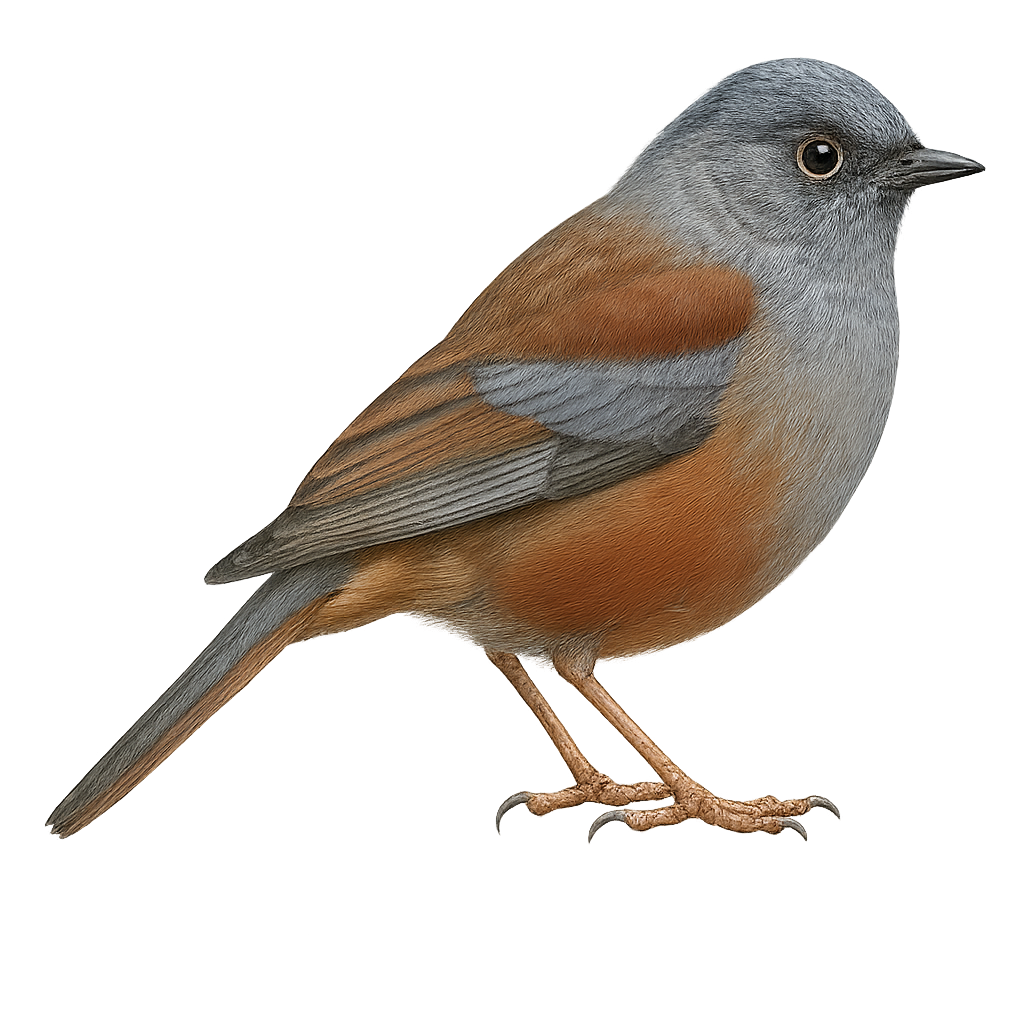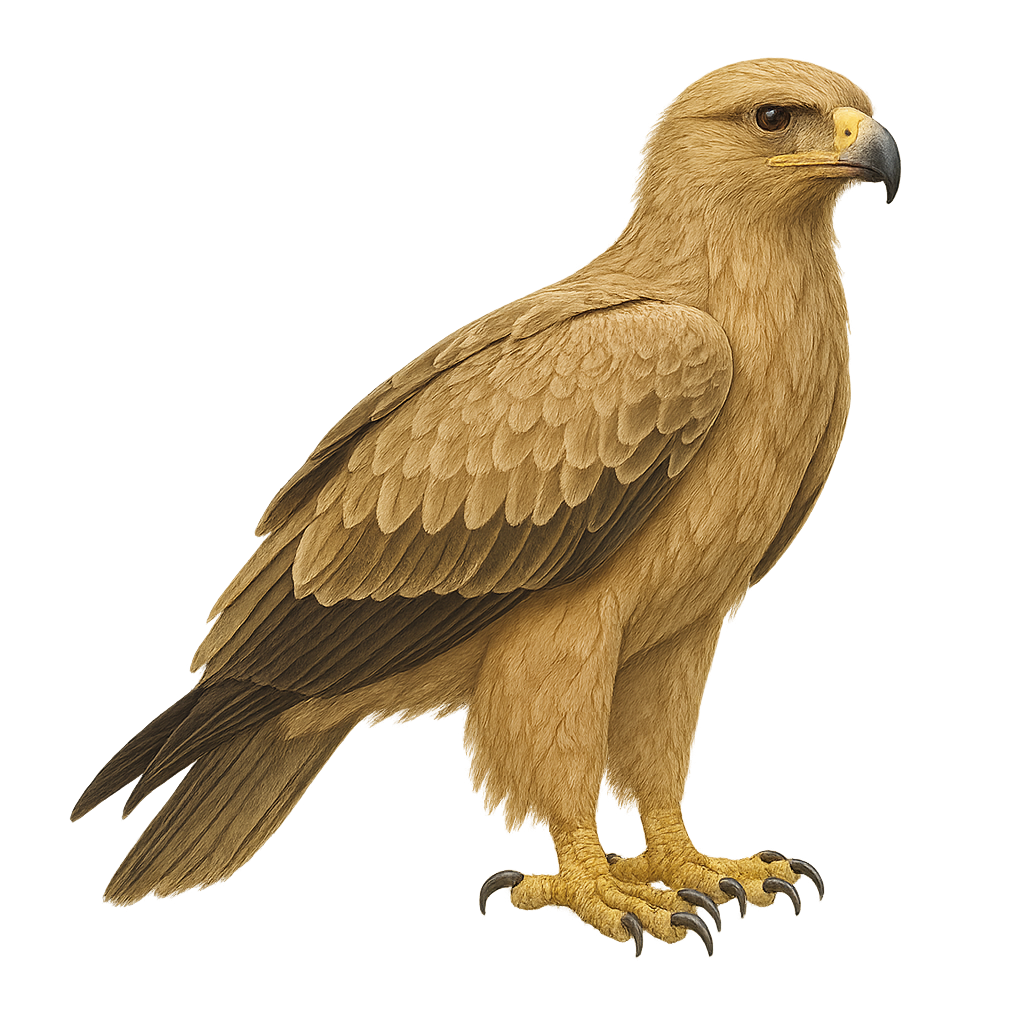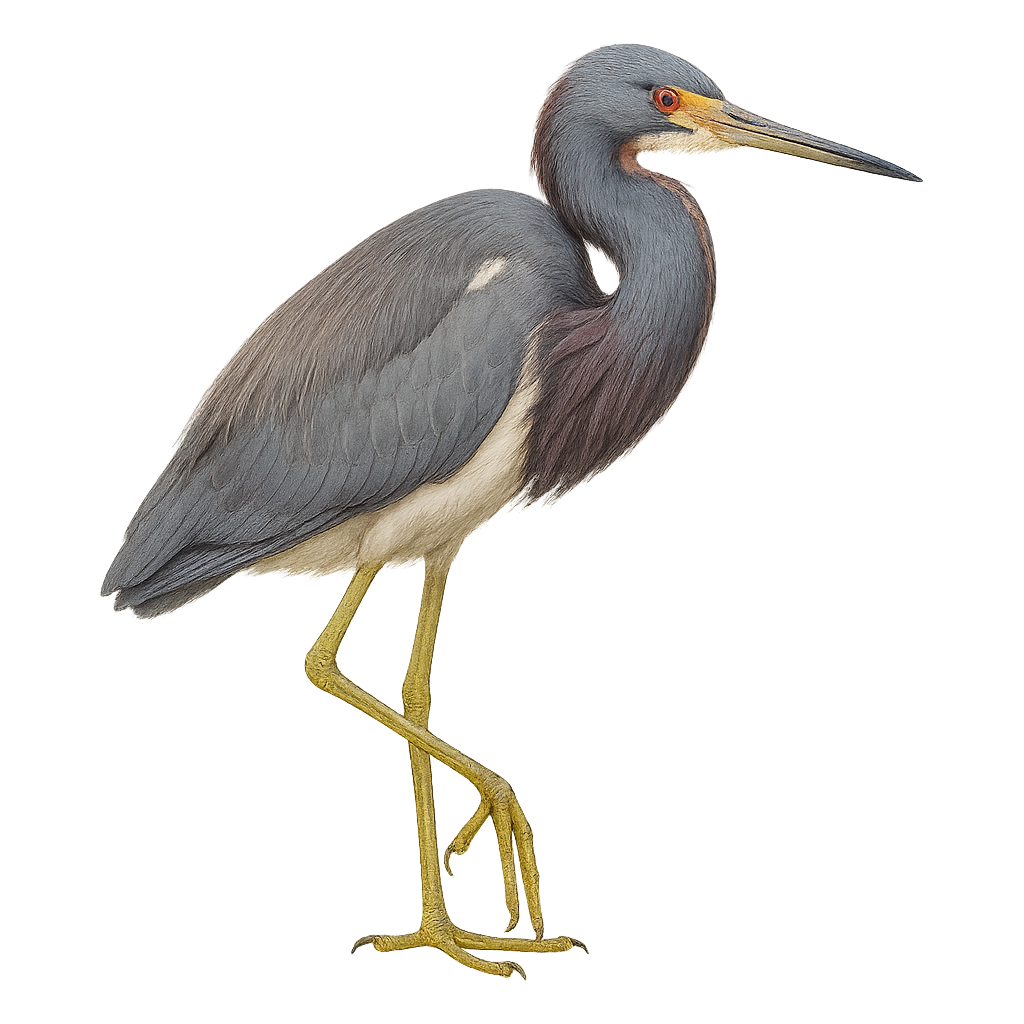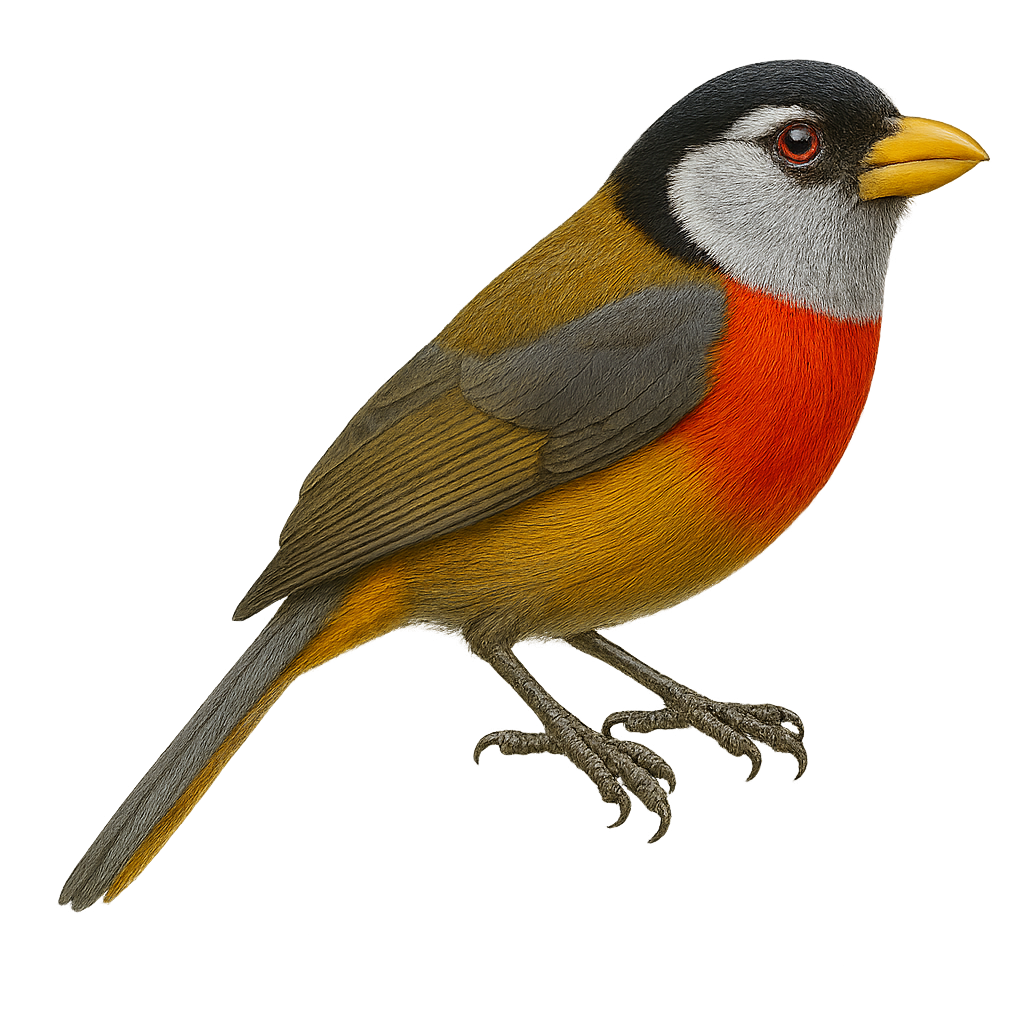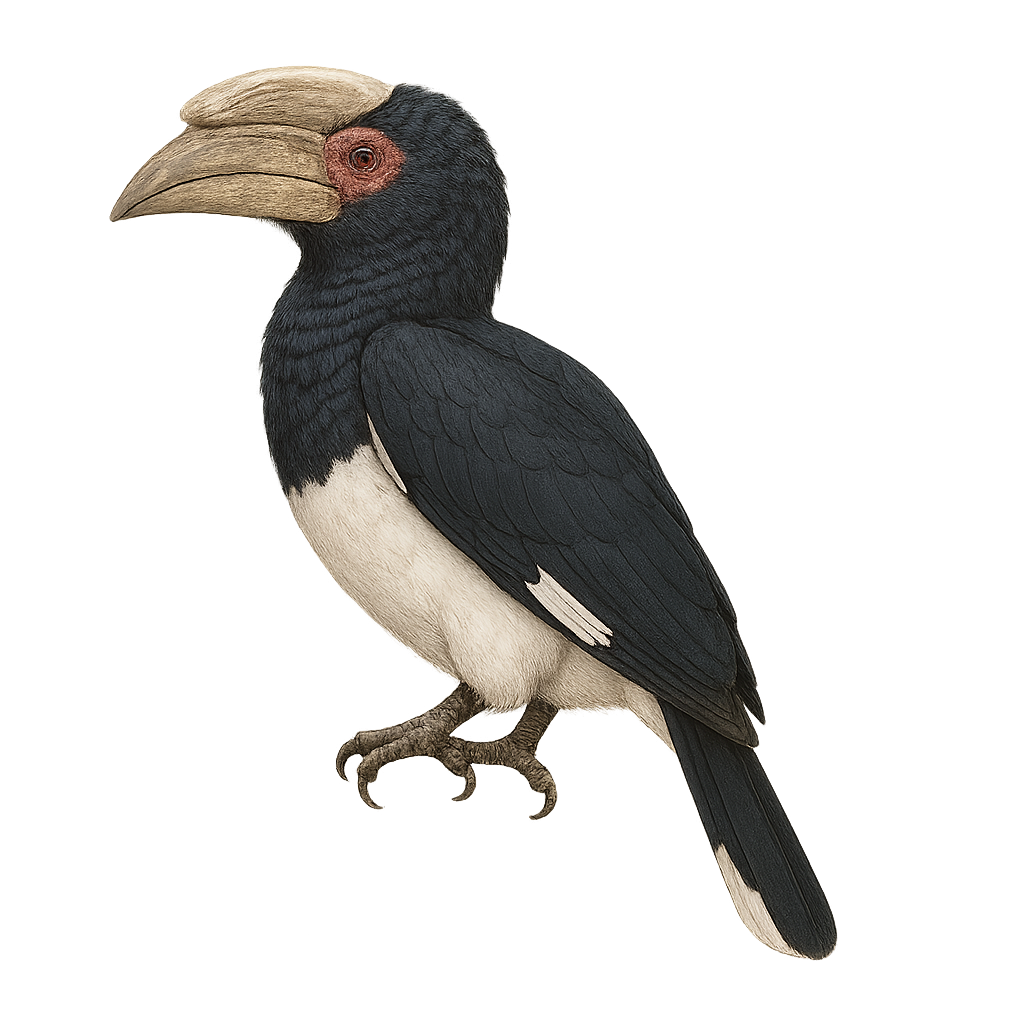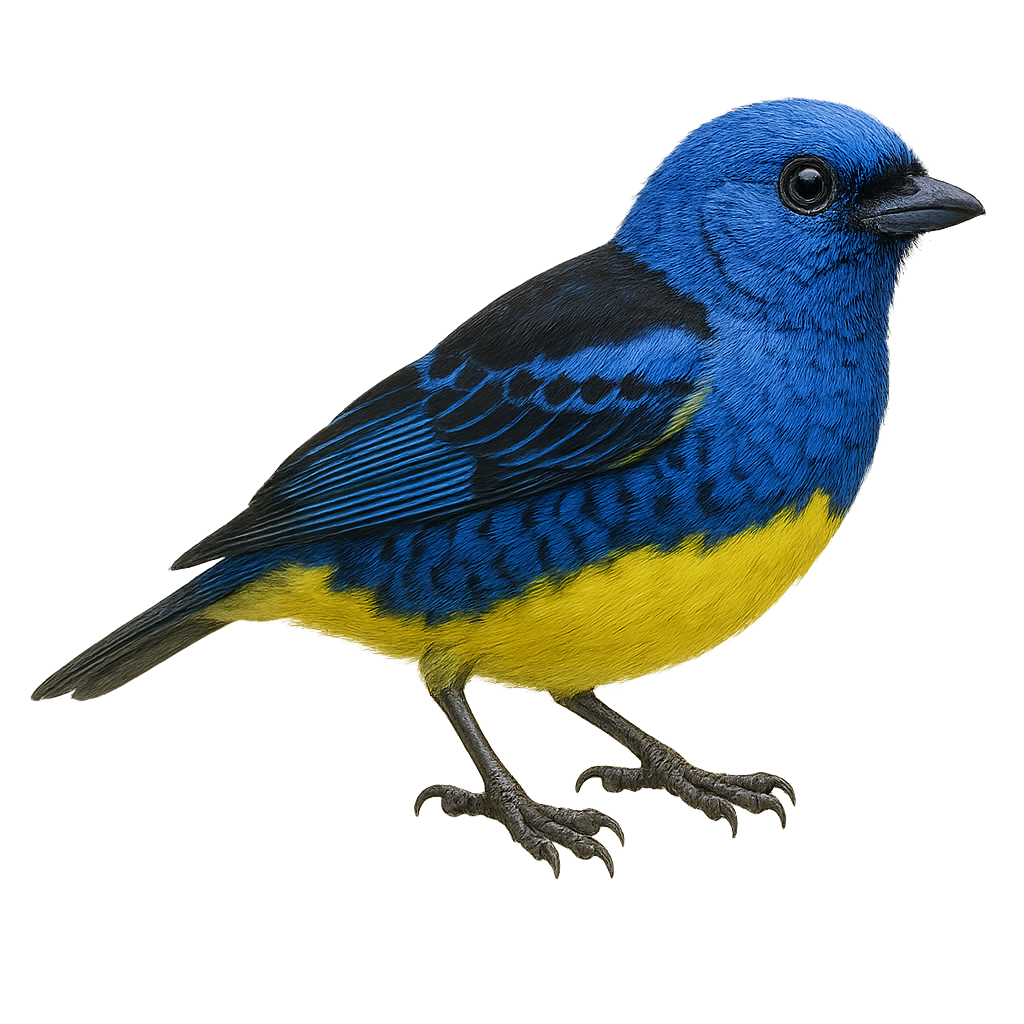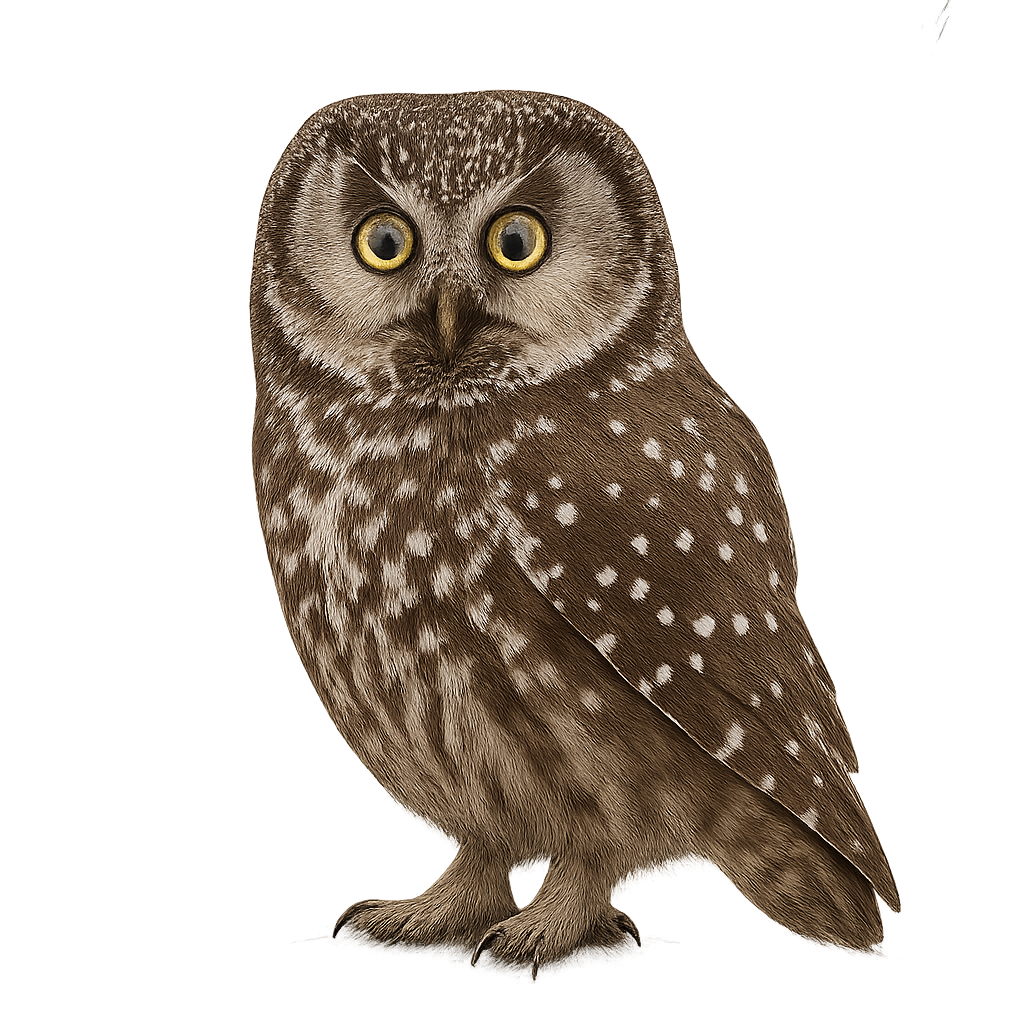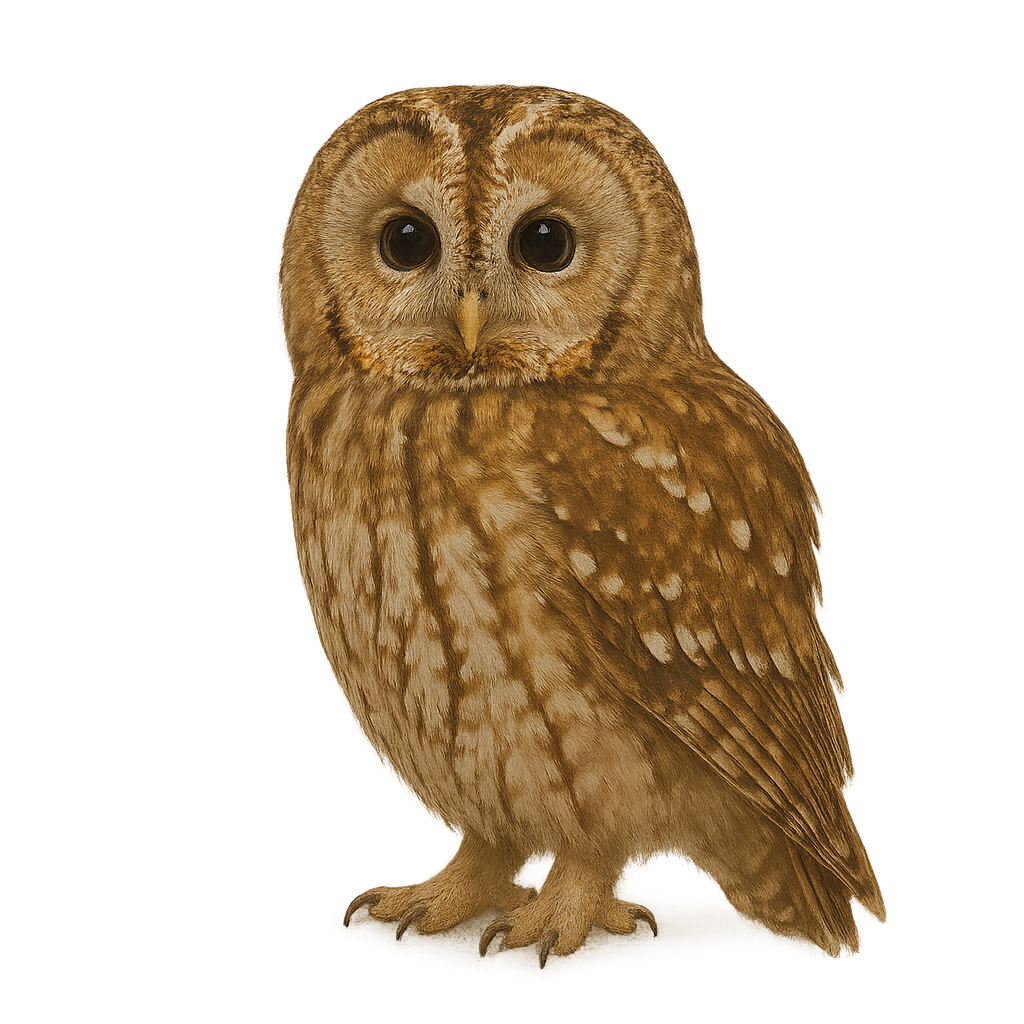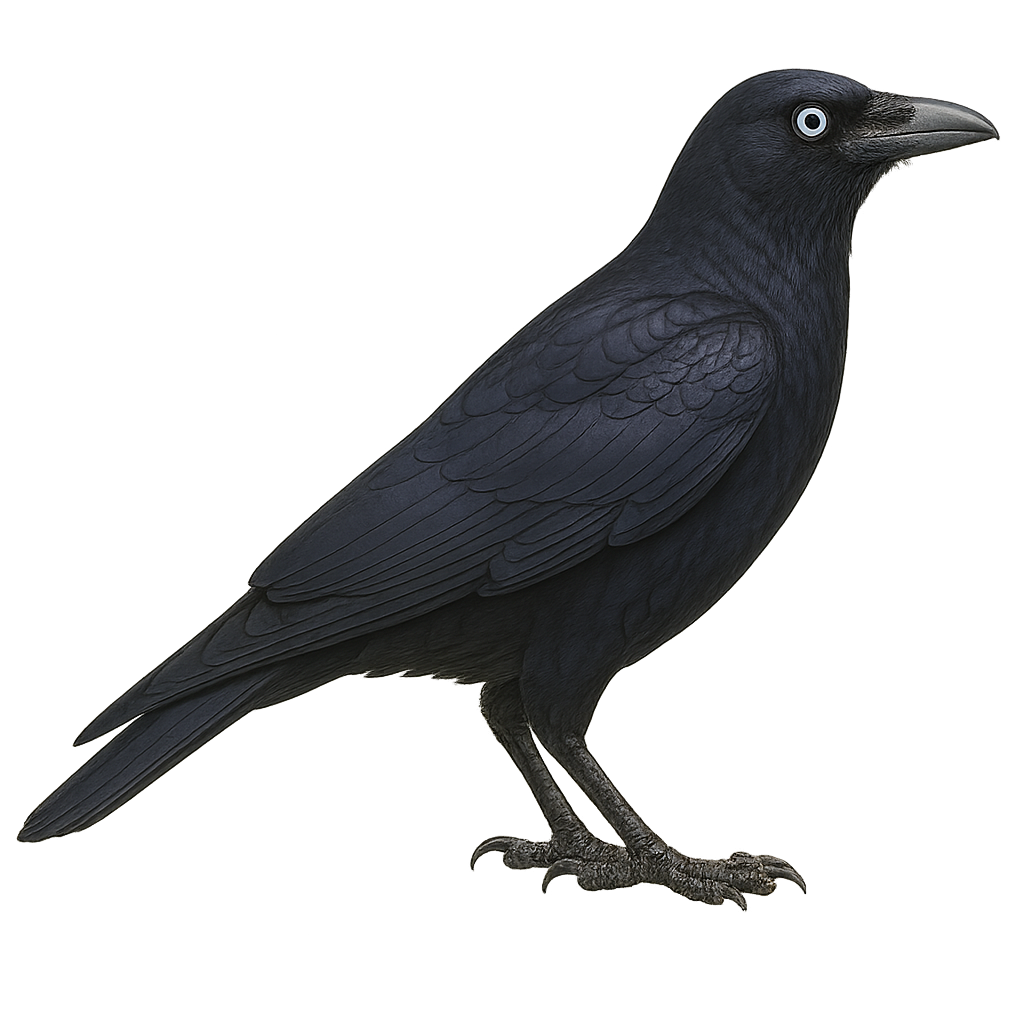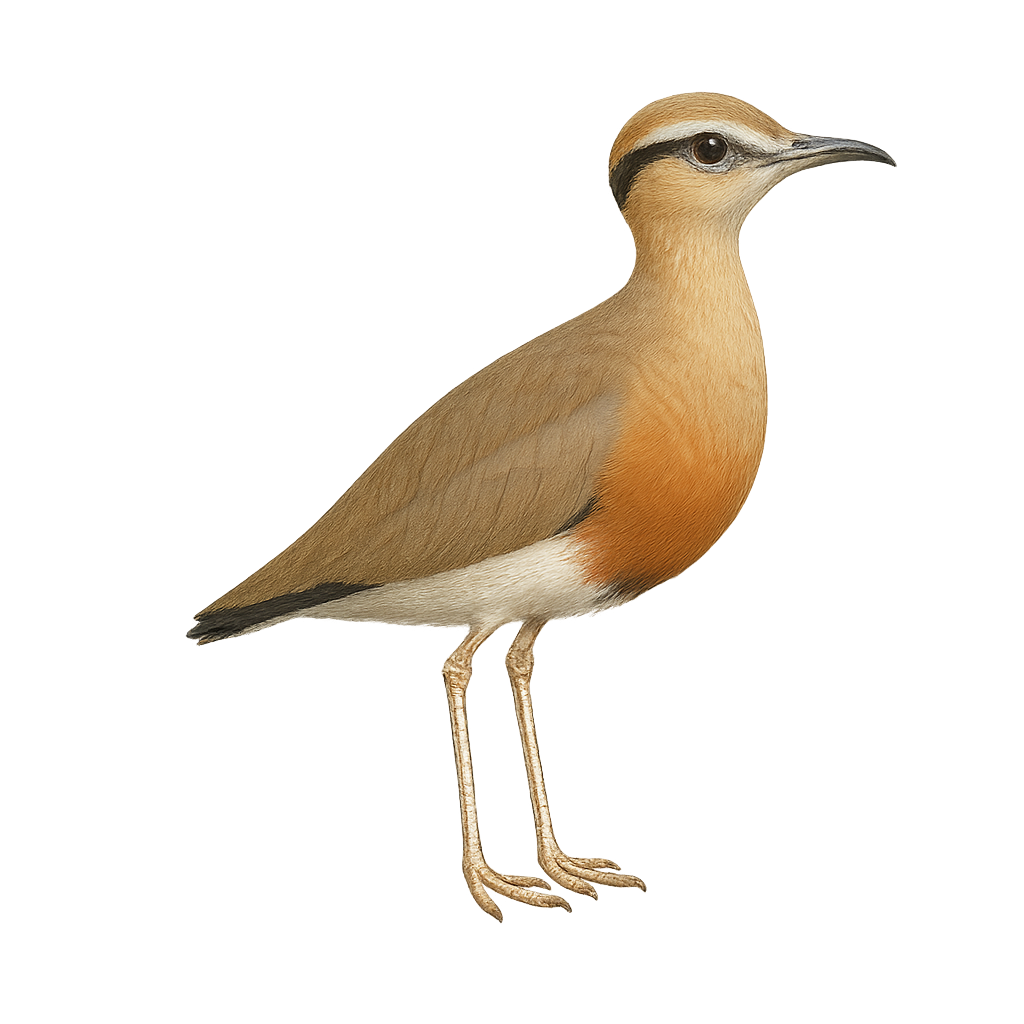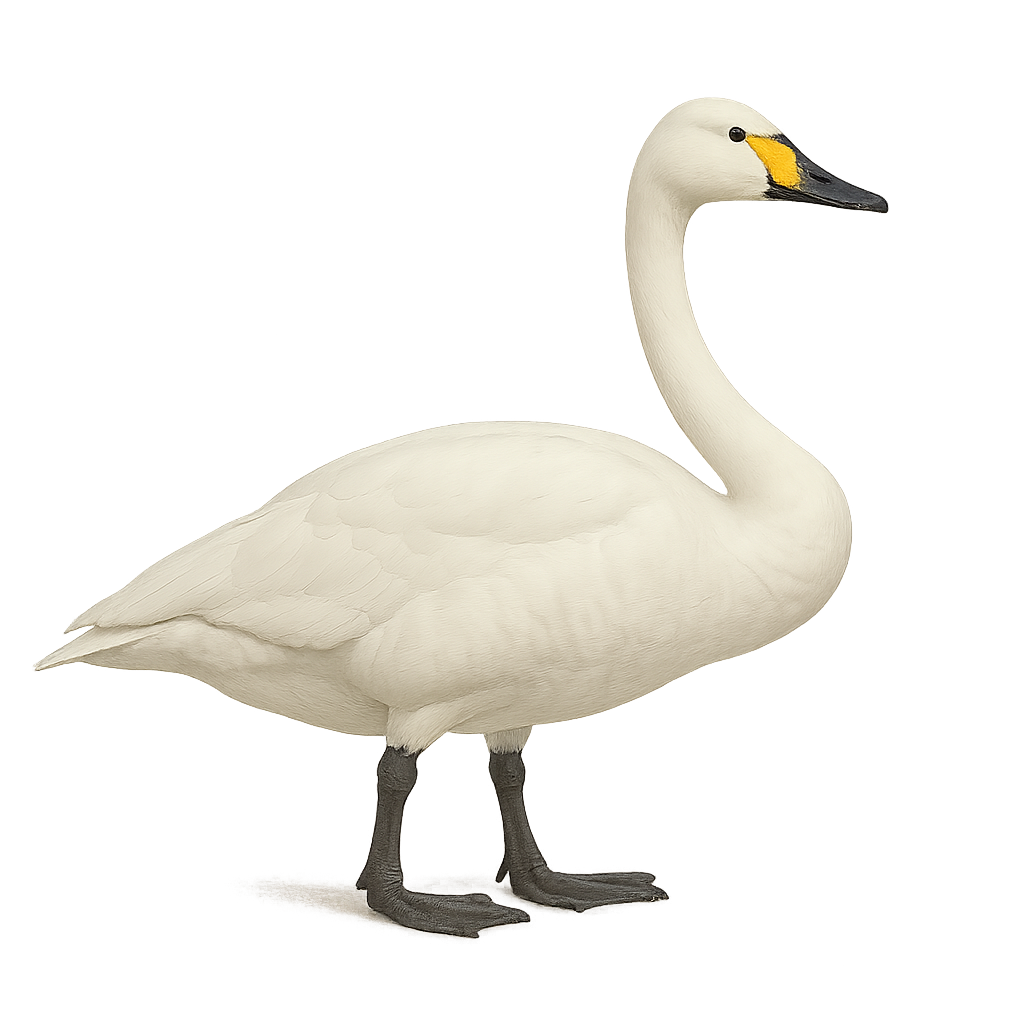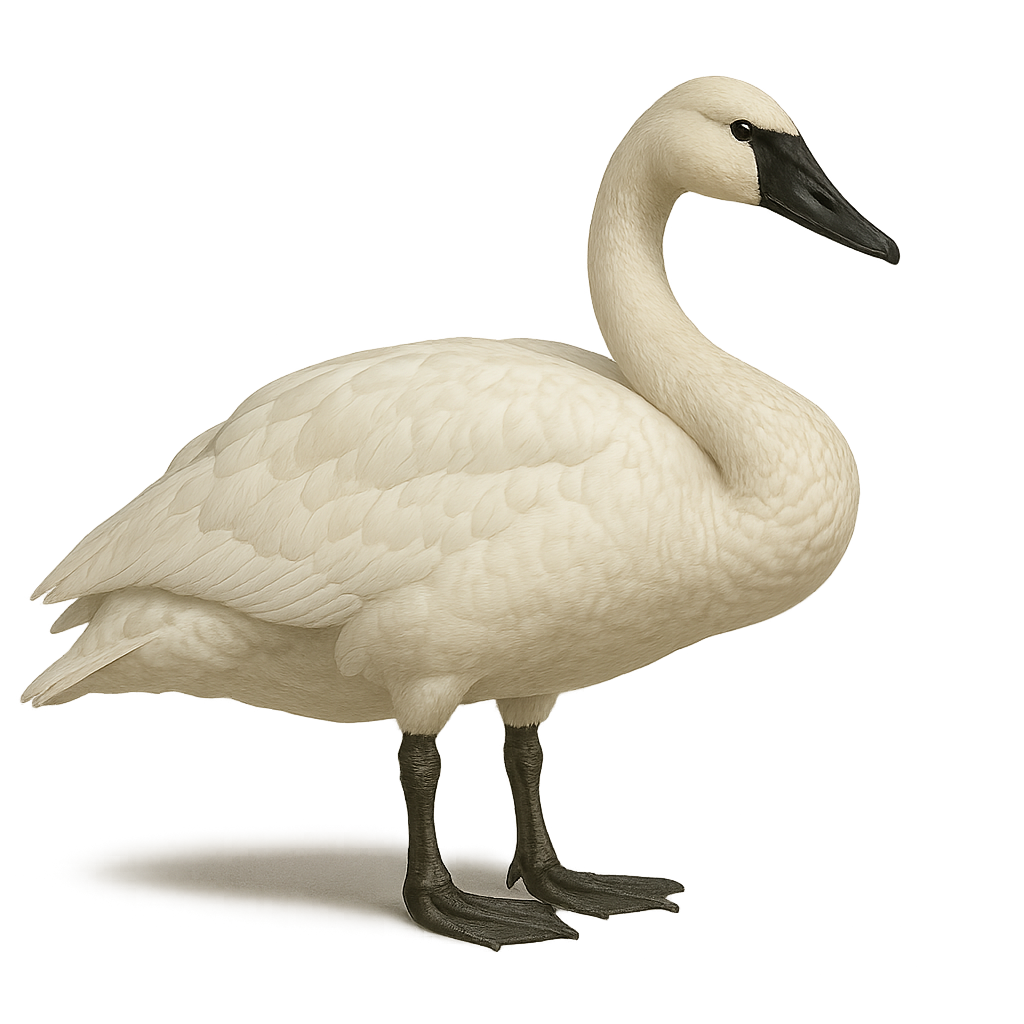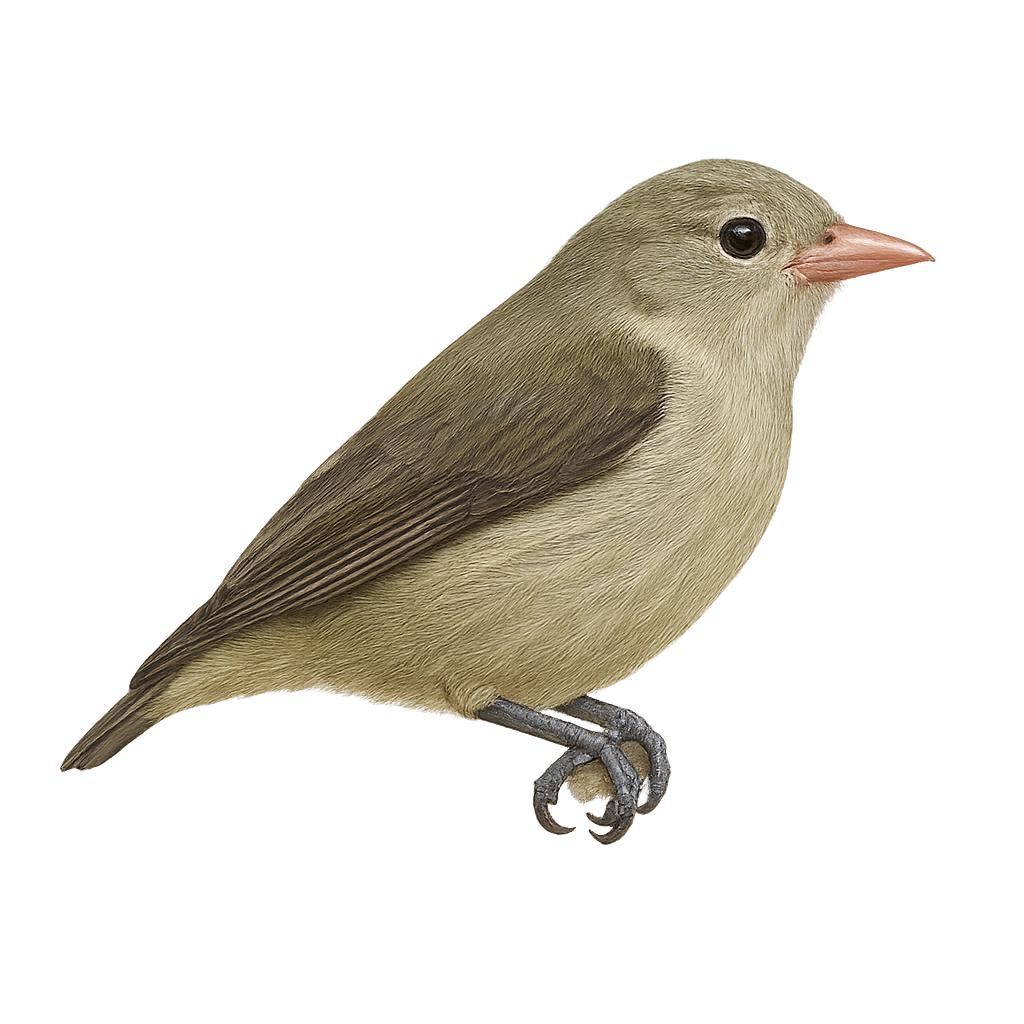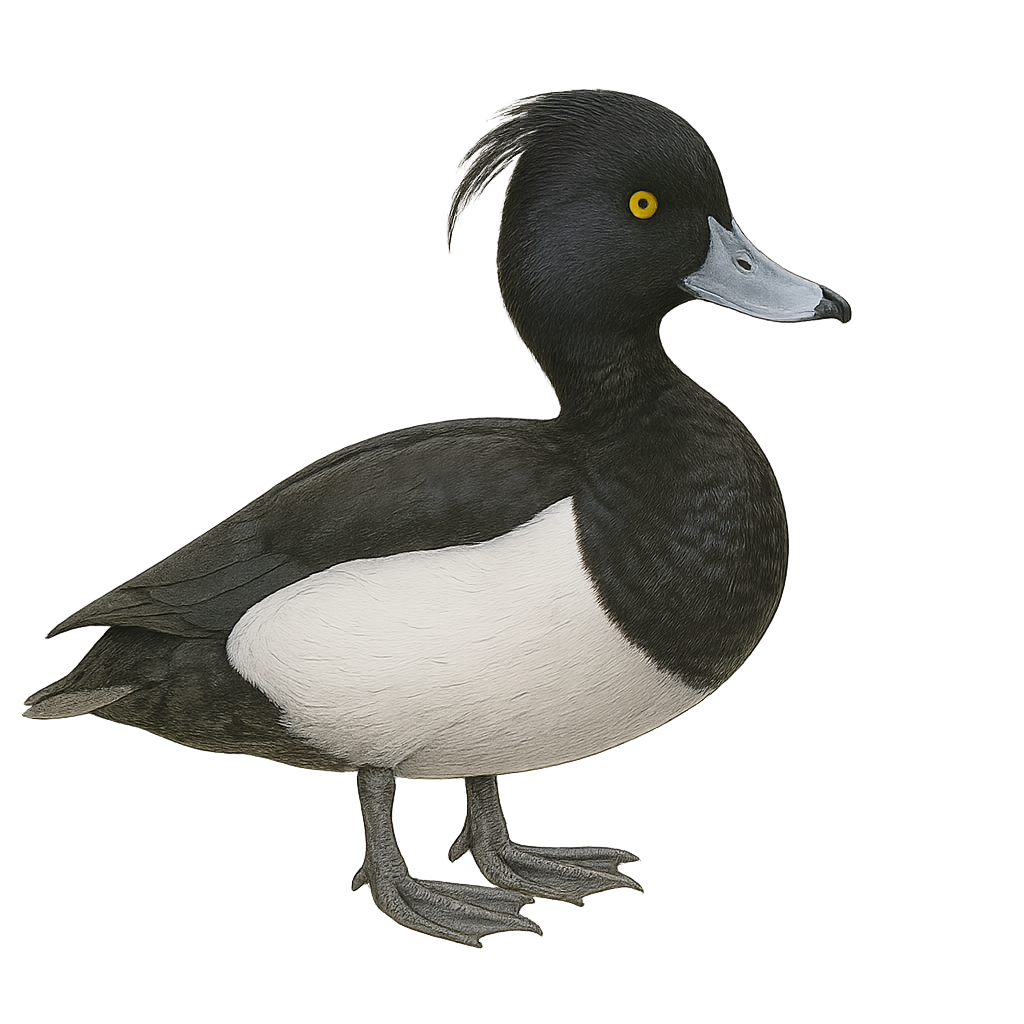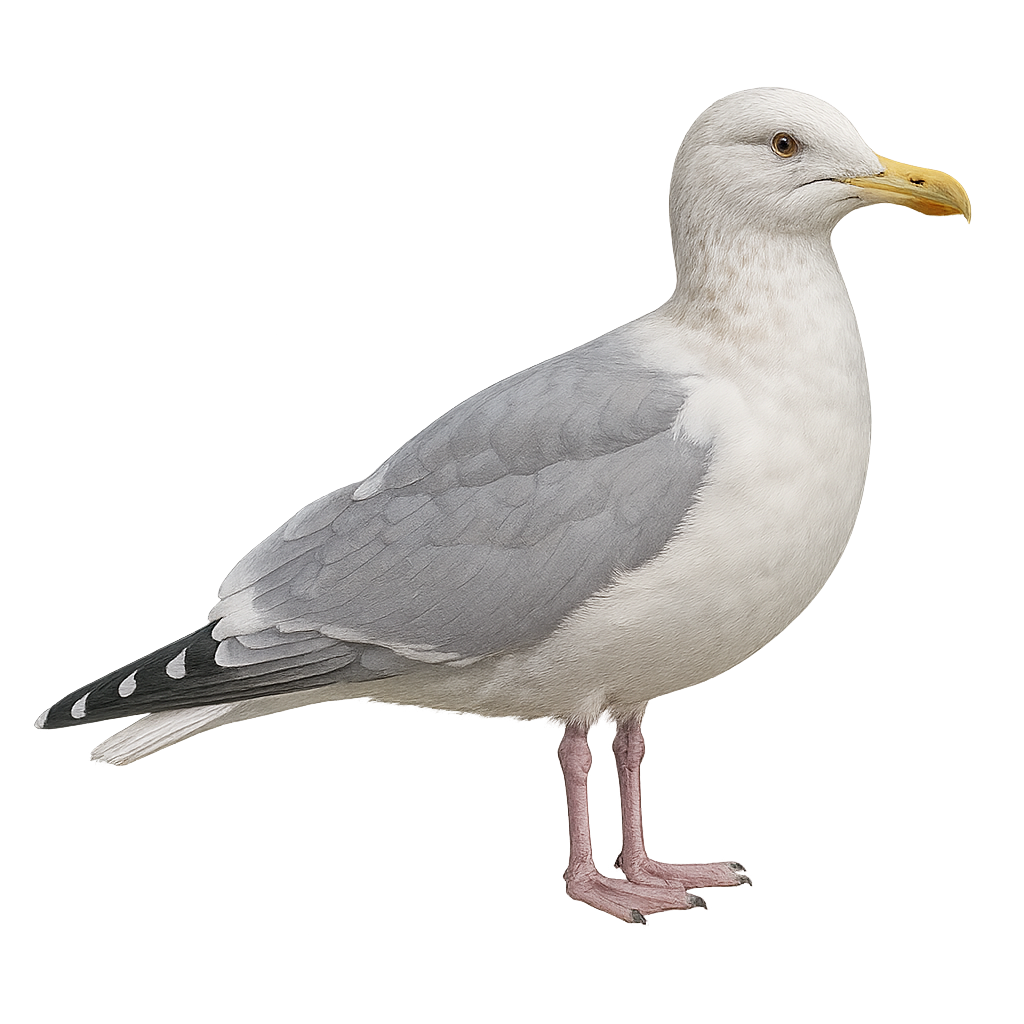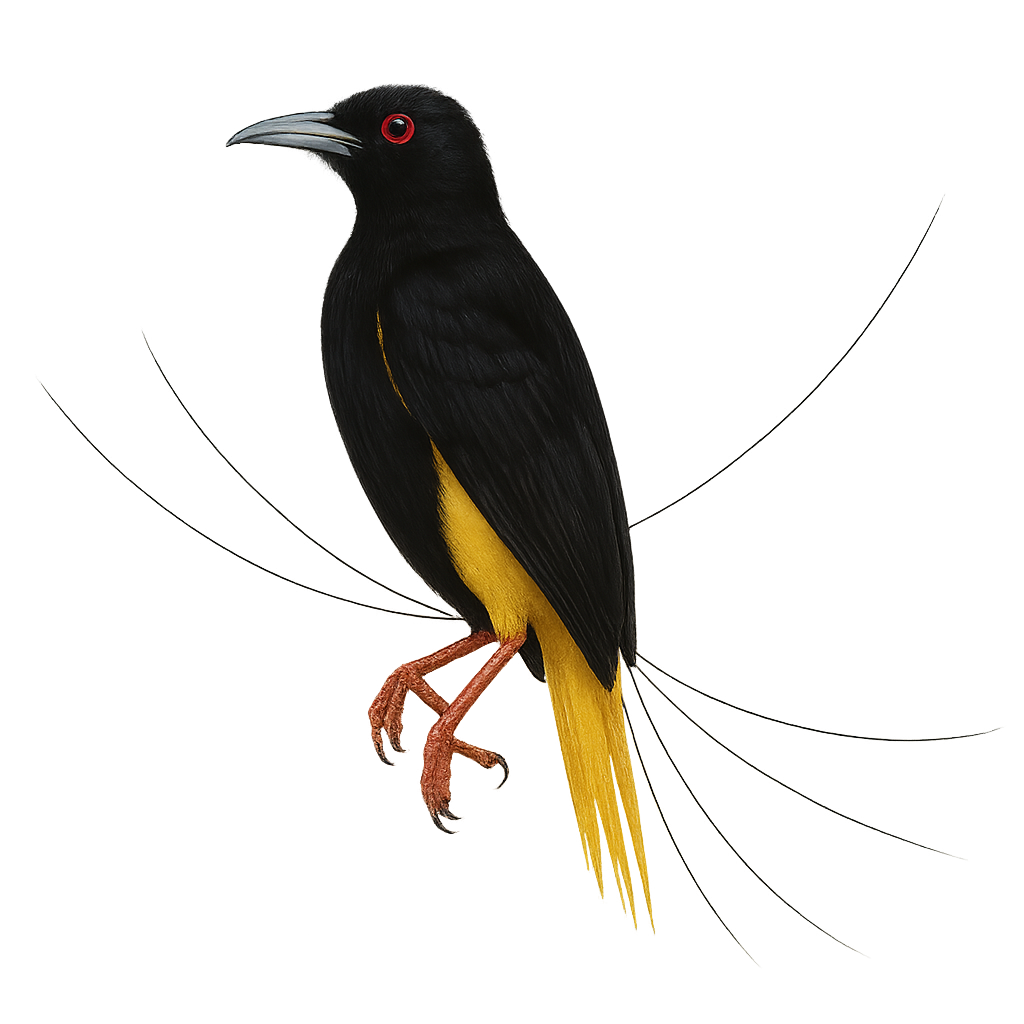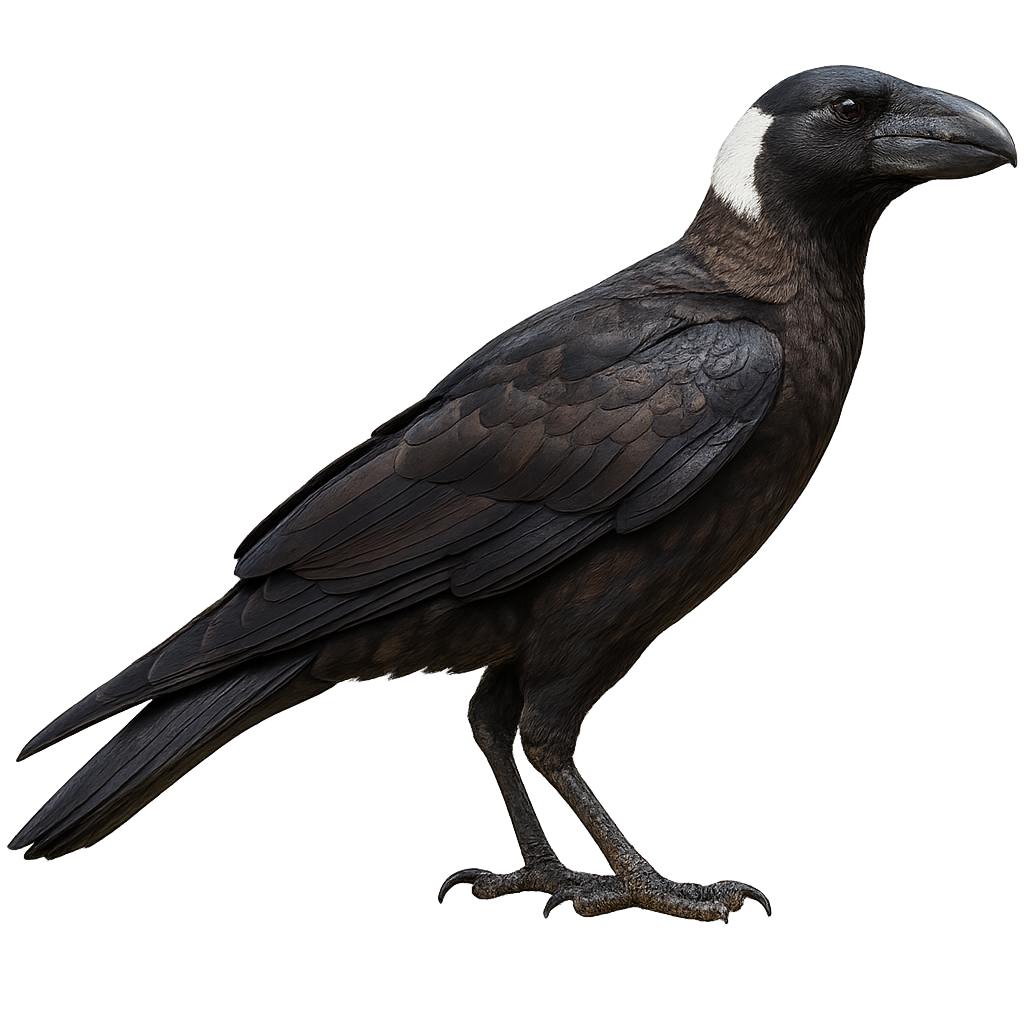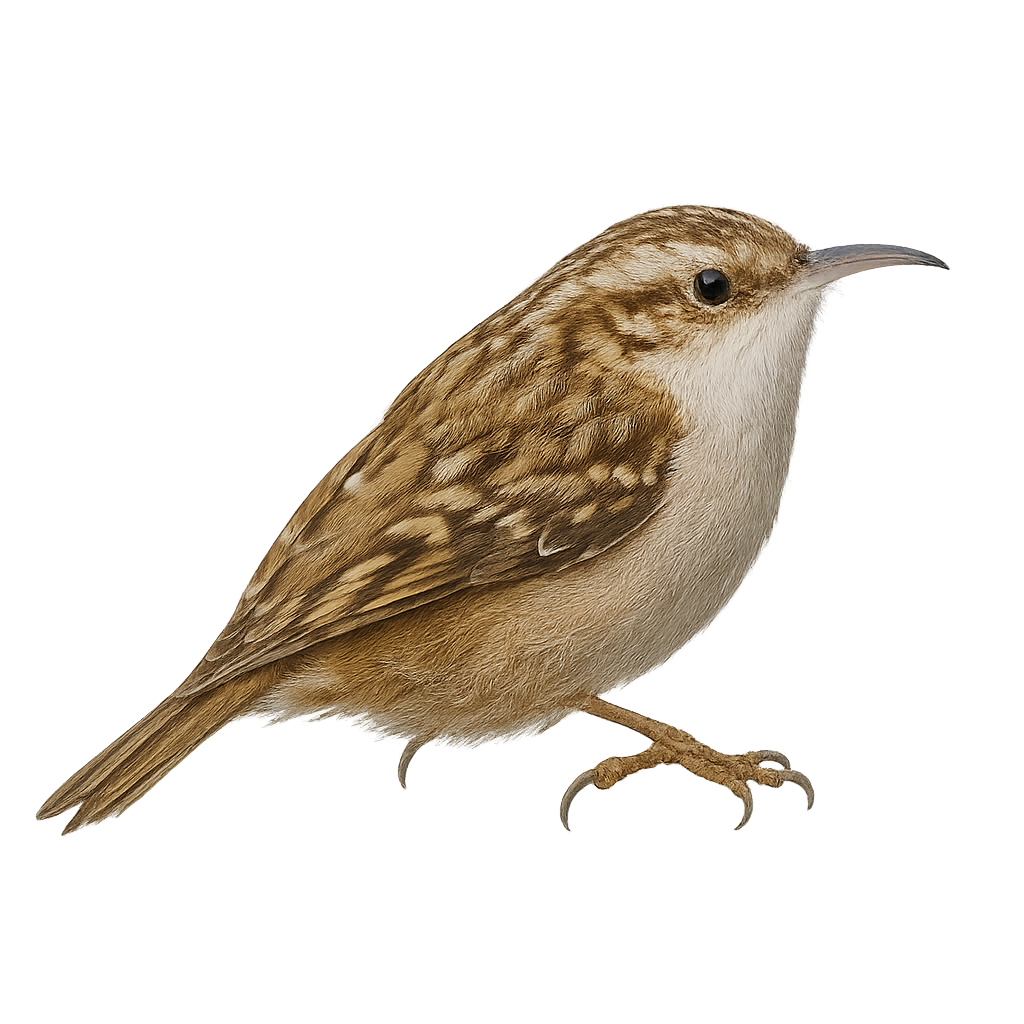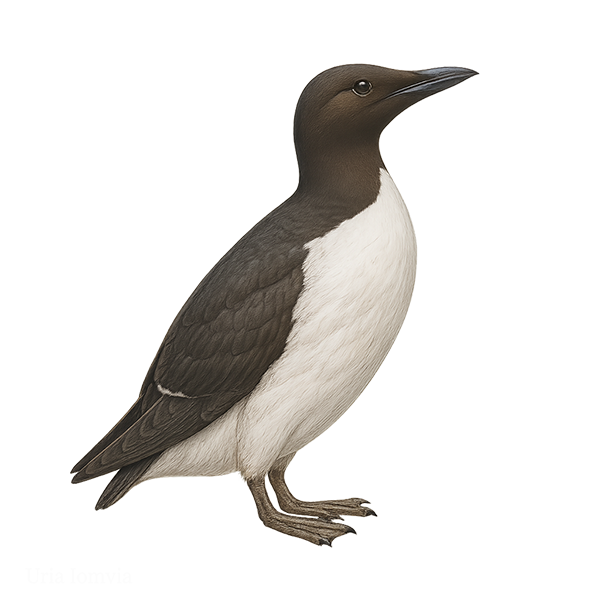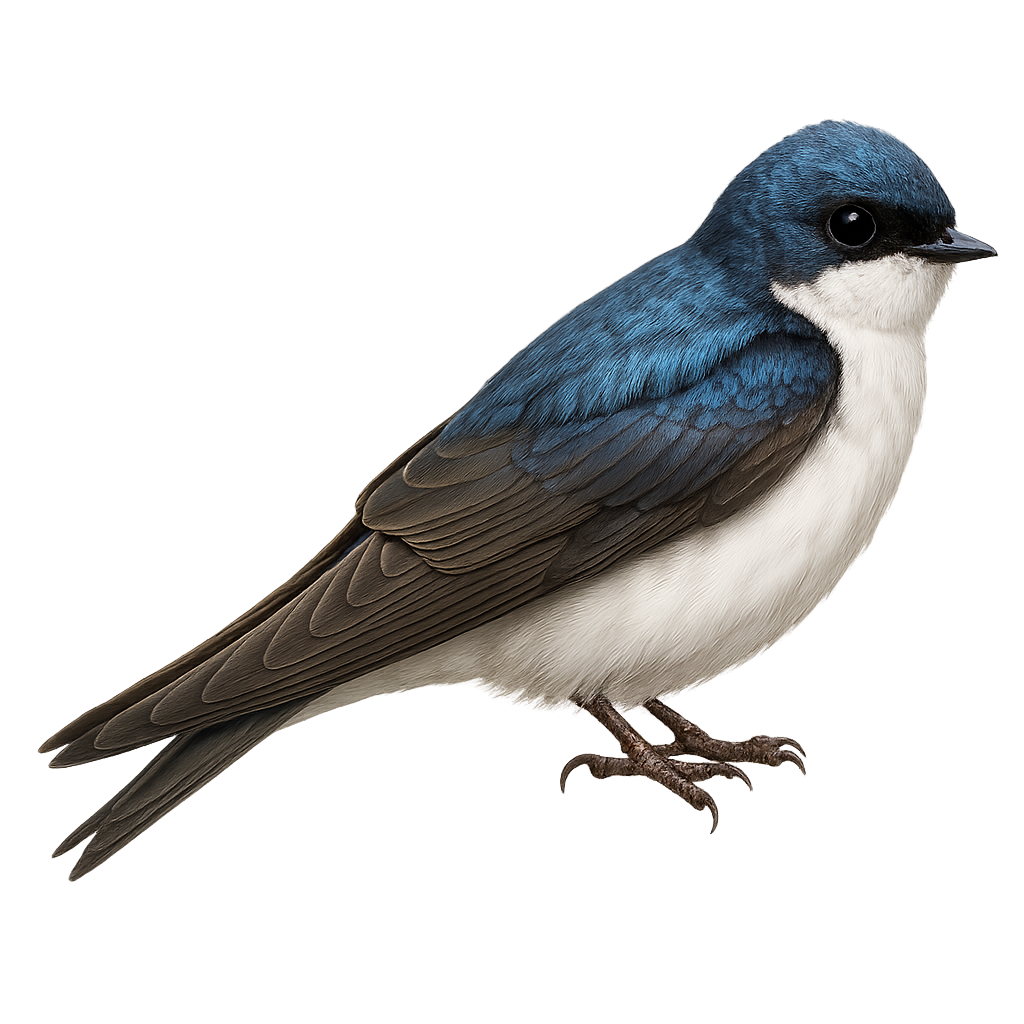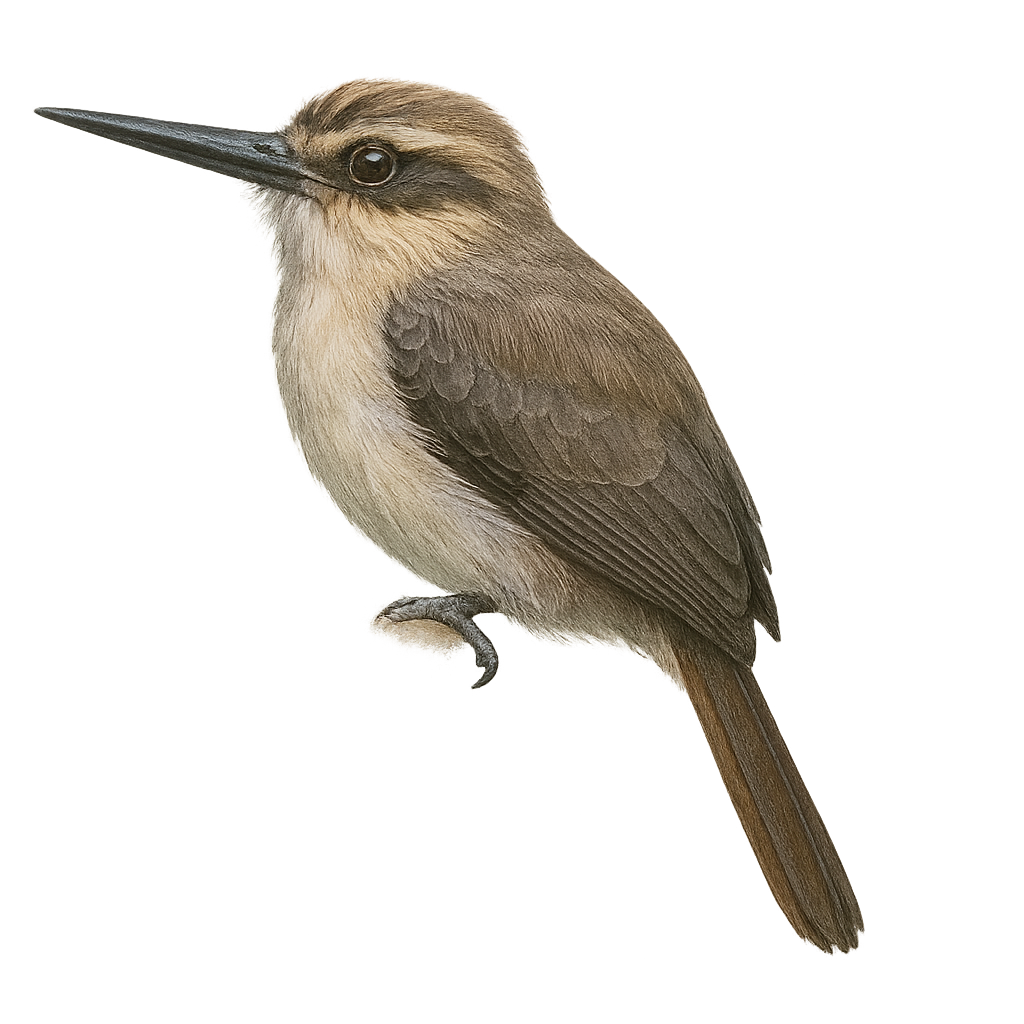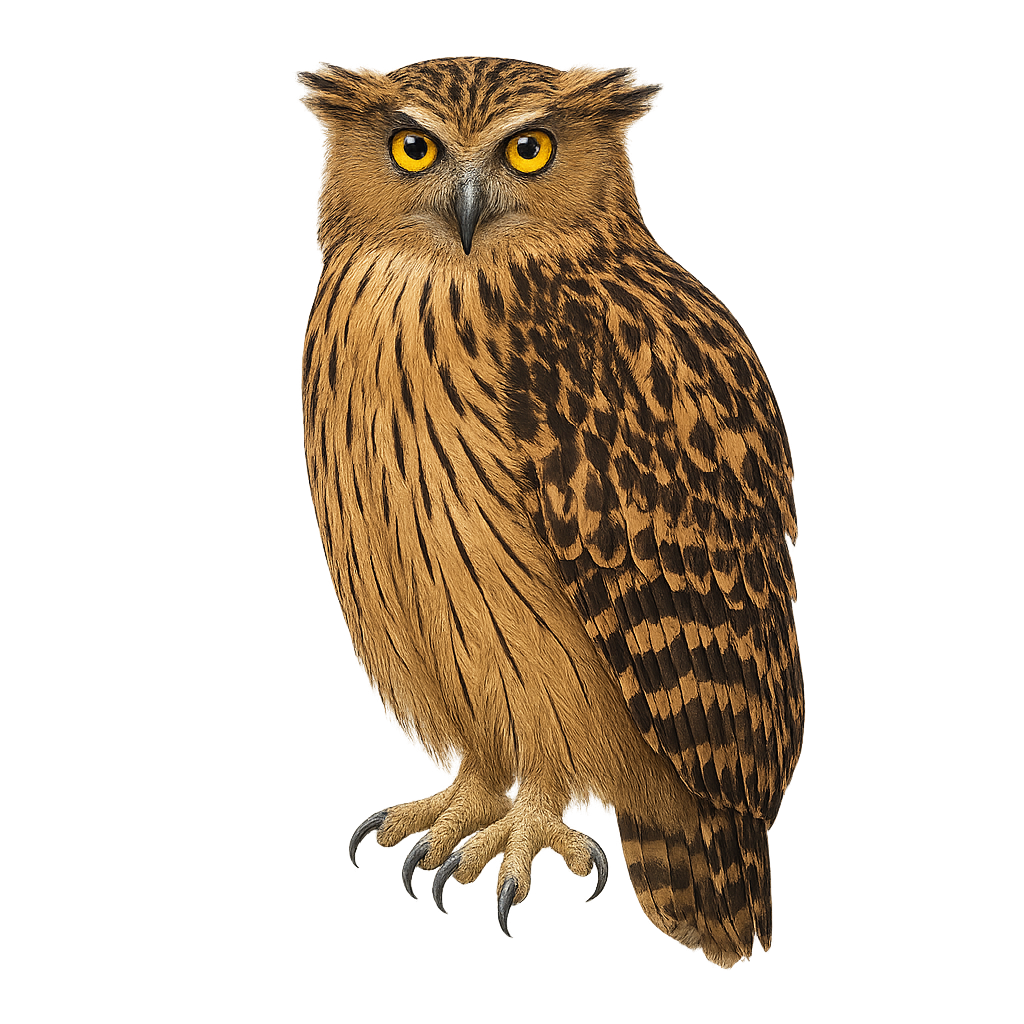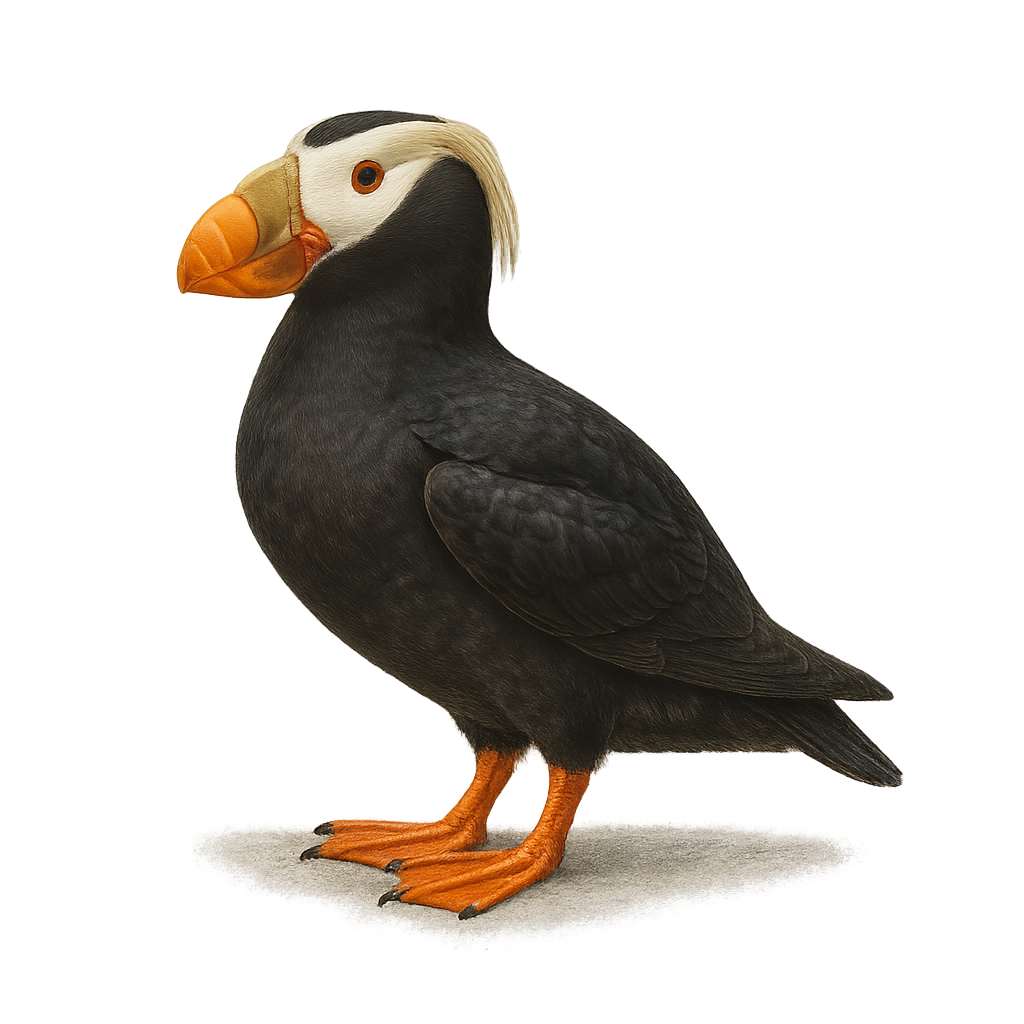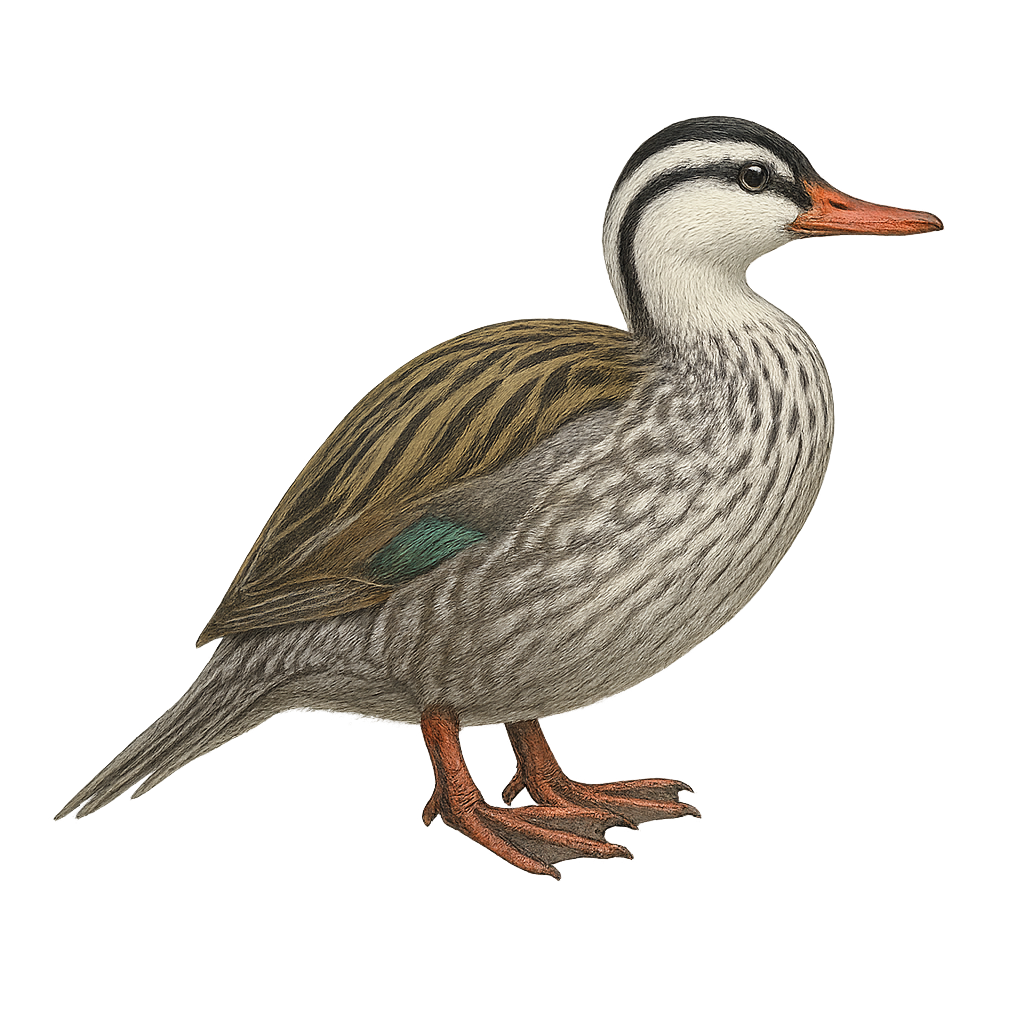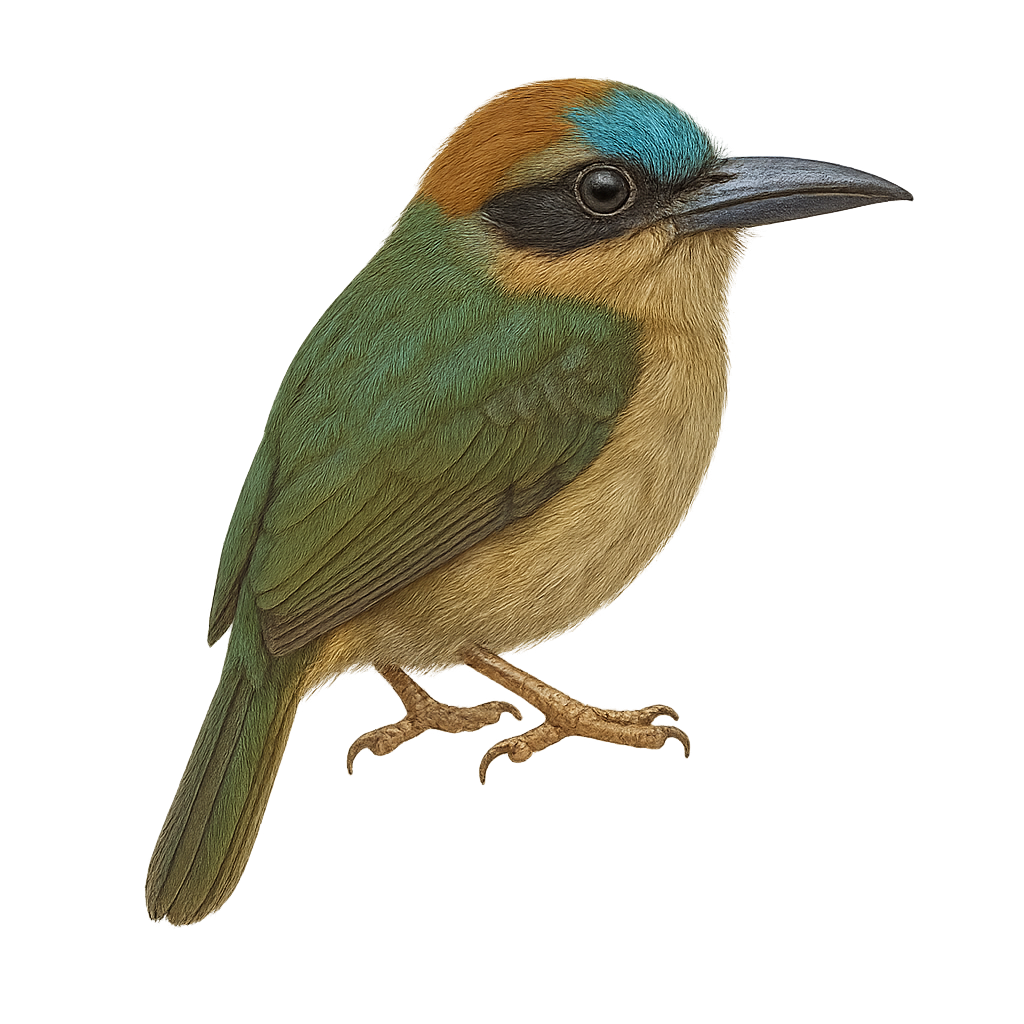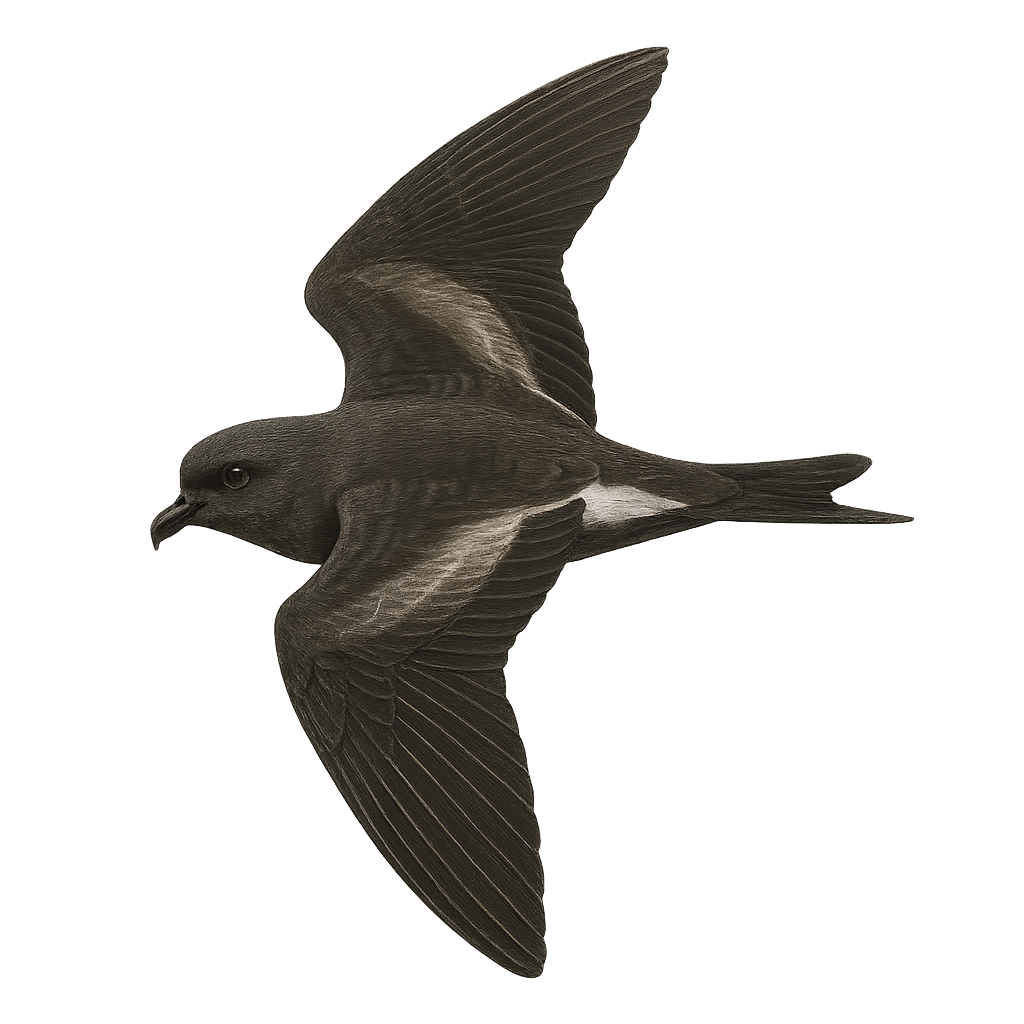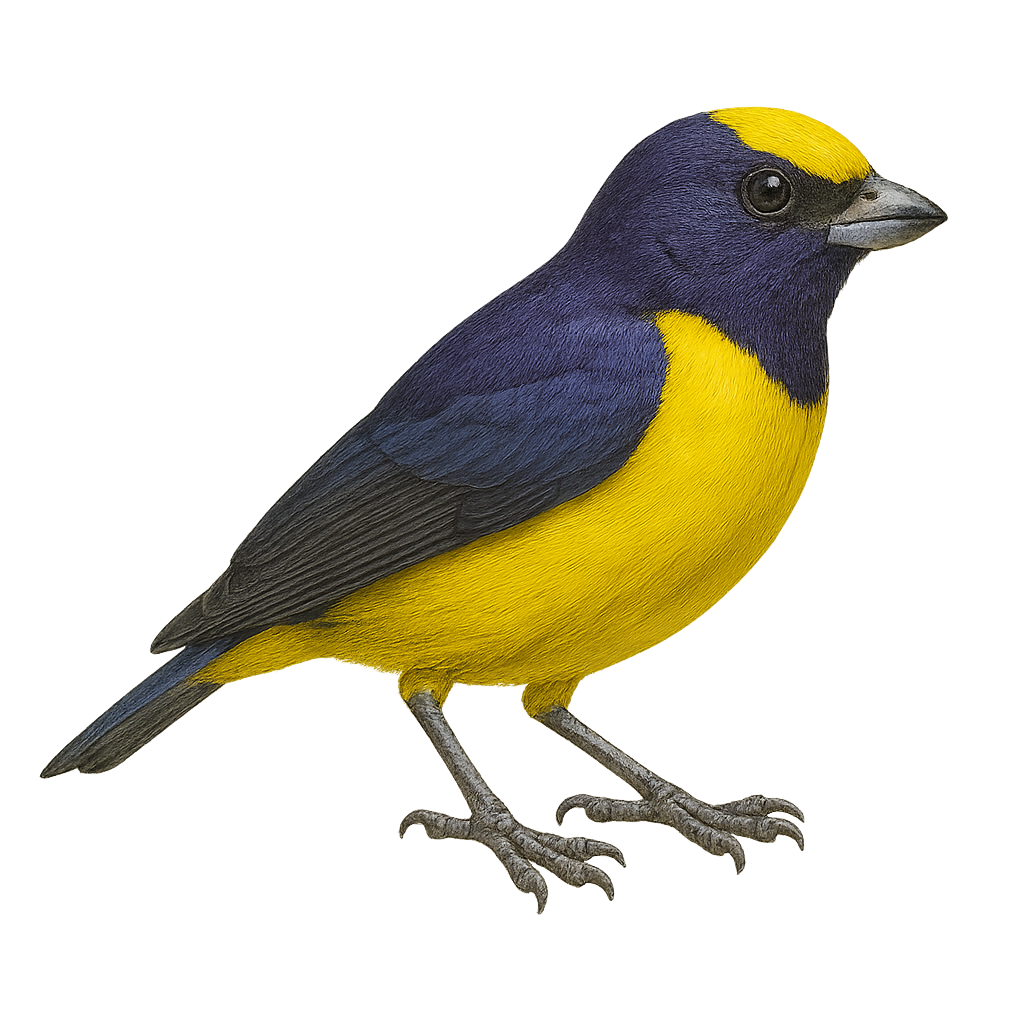The Tibetan Accentor, or Prunella immaculata, is a small passerine bird belonging to the Prunellidae family. It is primarily found in the mountainous regions of the Himalayas, including Tibet, Nepal, and Bhutan. This bird is characterized by its uniform brown-grey plumage, lacking distinctive markings, which helps it blend into its rocky environment. It inhabits high-altitude areas, often above 3000 meters, where it feeds mainly on insects and seeds. The Tibetan Accentor is a discreet bird, often seen alone or in small groups. Its ability to survive in extreme climatic conditions makes it a fascinating example of high-altitude adaptation.
The Tawny Eagle, or Aquila rapax, is a majestic bird of prey found mainly in sub-Saharan Africa and South Asia. This raptor is recognizable by its golden-brown plumage, broad wings, and relatively short tail. It measures between 60 and 75 cm in length with a wingspan of up to 2 meters. Preferring savannas, steppes, and semi-deserts, it primarily feeds on carrion but also hunts small mammals and birds. Its call is a piercing whistle, often heard during the breeding season. Although a solitary hunter, it can be seen in groups around carcasses.
The Tricolored Heron, Egretta tricolor, is a graceful and slender bird, recognizable by its distinctive slate-blue, white, and brown plumage. It measures about 56 to 76 cm in length with a wingspan of 96 to 115 cm. Its long, thin bill is ideal for catching fish and crustaceans in shallow waters. It is primarily found in marshes, mangroves, and estuaries of coastal regions in North, Central, and South America. The Tricolored Heron is a gregarious bird, often seen in small groups. It is known for its active hunting technique, running and flapping its wings to scare its prey.
The Toucan Barbet, or Semnornis ramphastinus, is a colorful and fascinating bird found primarily in the humid forests of the Andes. It is distinguished by its vibrant plumage, mixing shades of red, blue, and yellow, and its robust, colorful beak. This bird measures about 20 cm in length and weighs between 80 and 100 grams. It typically lives in pairs or small family groups and feeds mainly on fruits, but also on insects and small vertebrates. The Toucan Barbet plays a crucial role in seed dispersal, thus contributing to forest regeneration. Although its habitat is threatened by deforestation, it is currently classified as "least concern" by the IUCN.
The Trumpeter Hornbill, or Bycanistes bucinator, is a striking bird known for its appearance and behavior. It features a large bill with a prominent casque, which helps amplify its loud calls. This hornbill is primarily black with white underparts and wings marked with white. It inhabits the tropical forests of sub-Saharan Africa, feeding mainly on fruits, but also on insects and small animals. The Trumpeter Hornbill is a social bird, often seen in small groups. It plays a crucial role in seed dispersal, aiding forest regeneration. Its breeding season is marked by elaborate courtship rituals, and pairs are known for their fidelity.
The Turquoise Tanager, or Tangara mexicana, is a striking tropical bird found in humid forests and wooded edges of the Amazon Basin, from Venezuela to northern Brazil. It is easily recognized by its turquoise head, black back, yellow belly, and blue-edged wings, creating a vivid and eye-catching contrast. Active and gregarious, it often moves in small groups through the canopy, feeding on fruits, nectar, and insects. Its intense coloration makes it a favorite among bird photographers. The species has a stable population across its wide range.
Tengmalm's Owl is a small nocturnal raptor, easily recognized by its small size and large, piercing yellow eyes. It has gray-brown plumage with characteristic white markings on the head, wings, and back. Its ears are very inconspicuous, and its face is surrounded by a pale facial disc. This owl primarily inhabits coniferous forests, dense wooded areas, and mountains, where it hides in tree cavities or abandoned nests of other birds.
Tengmalm's Owl mainly hunts small mammals, birds, and insects, which it catches at night by flying silently through the forests. It is particularly active during the breeding season, when it emits characteristic calls to attract its mate. Although it is relatively discreet and often difficult to observe, Tengmalm's Owl is protected in some areas, though its population is threatened by deforestation and habitat loss.
The Tawny Owl is one of the most common owls in Europe, easily recognized by its round face forming a facial disc and its large, piercing black eyes. Its plumage is typically brown, with irregular white spots on the belly and back. It has a stocky body, broad wings, and silent flight, which is suited to its nocturnal hunting. This nocturnal raptor primarily inhabits broadleaf and mixed forests, as well as lowland wooded areas.
The Tawny Owl primarily hunts small mammals like rodents, as well as birds, insects, and worms. It uses its ability to fly silently to capture its prey, often in open areas like clearings, forest edges, or fields. It is also known for its characteristic calls, a deep, melodious "hoo-hoo." While its population remains stable in many parts of Europe, the Tawny Owl can be affected by habitat loss, light pollution, and human disturbances.
The Taczanowski's Cinclodes is an endemic bird of the Peruvian Andes, primarily found in high-altitude regions. It is recognizable by its dull brown plumage, with lighter shades on the belly and a distinctive white band on the wings. This bird is often seen foraging on the ground for insects and small invertebrates, its main diet. It is well adapted to the harsh mountain conditions, often spotted near streams and wetlands. Although its habitat is limited, it is not currently considered threatened, but habitat degradation could pose future risks.
The Torresian Crow, or Corvus orru, is a medium-sized bird, predominantly black with metallic sheens. It is native to Australia and New Guinea, inhabiting a range of environments from tropical forests to urban areas. Known for its remarkable intelligence, this bird adapts well to various habitats. It primarily feeds on insects, fruits, and small animals but is also opportunistic, consuming human waste. Often seen in groups, the Torresian Crow communicates through a variety of calls and vocalizations. Its ability to solve complex problems and use tools is well-documented, making it a fascinating subject for ornithologists.
The Temminck's Courser, or Cursorius temminckii, is an elegant ground-dwelling bird primarily found in the arid and semi-arid regions of sub-Saharan Africa. It is distinguished by its sandy-brown plumage, long legs, and slender bill, adapted to its terrestrial lifestyle. This bird is often seen running swiftly on the ground in search of insects, its main food source. The Temminck's Courser is a diurnal bird, active mainly during the day. It is known for its ability to blend into its surroundings, making it difficult to spot. Although generally solitary, it can be seen in small groups during the breeding season.
The Tundra Swan, Cygnus columbianus, is a medium-sized waterfowl belonging to the Anatidae family. It is recognizable by its pure white plumage and black bill with a yellow spot at the base. This swan is known for its melodious call, which gives it its name. It primarily inhabits wetlands and lakes in Arctic and subarctic regions during the breeding season, then migrates to more temperate areas in winter. The Tundra Swan is a gregarious bird, often seen in large flocks. Its diet mainly consists of aquatic plants, which it uproots by dipping its long neck underwater.
The Trumpeter Swan, Cygnus buccinator, is the largest swan in North America, renowned for its pure white plumage and long, elegant neck. It is distinguished by its black bill and dark eyes. Its powerful, resonant call, reminiscent of a trumpet, gives it its name. This majestic swan frequents lakes, marshes, and rivers, feeding primarily on aquatic plants. It is often seen in small family groups. Although its population was once threatened by hunting and habitat loss, conservation efforts have led to an increase in numbers. The Trumpeter Swan is a symbol of beauty and grace in aquatic ecosystems.
The Tickell's Flowerpecker is a small passerine bird belonging to the Dicaeidae family. It is primarily found in the Indian subcontinent, inhabiting forests, gardens, and wooded areas. This bird is recognizable by its bright red bill, contrasting with its grey and white plumage. It feeds mainly on fruits, nectar, and occasionally insects. The Tickell's Flowerpecker is an active and agile bird, often seen hopping from branch to branch in search of food. Although it is quite common within its range, it is often difficult to spot due to its small size and discreet behavior.
The Tufted Duck is a medium-sized, elegant diving duck, measuring 40 to 47 cm in length. The male displays glossy black plumage with striking white flanks and a distinctive black tuft on the back of the head. The female is dark brown with paler flanks and a more modest tuft. Both sexes have a bluish-grey bill and bright yellow eyes. This species frequents lakes, ponds, reservoirs, and slow-moving rivers, often in flocks, and prefers areas rich in aquatic vegetation. It feeds mainly on mollusks, insect larvae, crustaceans, and aquatic seeds. A partial migrant, it is present year-round in temperate regions. Generally of Least Concern, though locally threatened by water pollution and wetland loss.
The Thayer's Gull, Larus thayeri, is a medium-sized seabird belonging to the Laridae family. It is characterized by its pale gray plumage on the back and wings, contrasting with a white belly. Its bill is yellow with a red spot on the lower mandible, and it has pink legs. Found mainly in the Arctic and subarctic regions of North America, particularly in Canada and Alaska, it nests on coastal cliffs and islands. As a migratory bird, it winters along the Pacific coast from southern Alaska to California. An opportunistic feeder, it consumes fish, invertebrates, and human waste. Although often confused with other gull species, it is recognized for its graceful flight and distinctive calls.
The Twelve-wired Bird-of-paradise, or Seleucidis melanoleucus, is a remarkable bird known for its striking plumage and courtship displays. Males feature black and white feathers with distinctive golden wires on their tails, used to attract females. This bird inhabits the rainforests of New Guinea, feeding primarily on fruits and insects. Its song plays a crucial role in its social behavior, often heard at dawn. Although its habitat is threatened by deforestation, it remains relatively common in certain areas. Its ability to adapt to various forest environments gives it some resilience against environmental changes.
The Thick-billed Raven, or Corvus crassirostris, is a raven species endemic to the highlands of Ethiopia and Eritrea. Recognizable by its massive, curved bill, it is the largest of the African ravens. Its plumage is predominantly black with metallic sheen, and it features a distinctive white patch on the nape. This raven is often seen in small groups, exploring mountainous landscapes in search of food. An opportunist, it feeds on a variety of items, from insects to small vertebrates, as well as fruits and seeds. Its intelligence and adaptability allow it to thrive in diverse environments, although it is primarily associated with rocky areas and cliffs.
The treecreeper is a small woodland bird found primarily in mixed forests, hedgerows, and gardens across Europe and Asia. It is easily recognized by its streaked brown plumage, light belly, and its distinctive movement as it climbs tree trunks and branches in a spiraling fashion. It primarily feeds on insects found in the cracks of tree bark.
The Thick-billed Murre, or Uria lomvia, is a robust seabird found in the cold waters of the Arctic and subarctic regions. It is identifiable by its distinctive black and white plumage, with a black back and white belly, as well as its thick, short bill. This bird is an excellent diver, capable of reaching impressive depths to catch fish and crustaceans, which make up the bulk of its diet. Breeding colonies are typically located on steep cliffs, where the birds nest in large groups to protect themselves from predators. Although currently listed as Least Concern by the IUCN, the Thick-billed Murre is vulnerable to climate change and marine pollution, which threaten its natural habitat.
The Tree Swallow, or Tachycineta bicolor, is a small migratory bird belonging to the Hirundinidae family. It is recognizable by its iridescent blue-green back and white belly. This bird is often observed in open areas near water, where it hunts flying insects. Tree Swallows are known for their aerial agility and ability to perform fast and acrobatic flights. They typically nest in natural or artificial cavities, and their breeding season extends from spring to summer. These birds are social and can often be seen in groups, especially during migration.
The Three-toed Jacamar is a fascinating bird, endemic to Brazil, distinguished by its bright plumage and long, slender beak. It primarily inhabits humid tropical forests and wooded areas, where it feeds mainly on flying insects. This bird is known for its ability to remain motionless for long periods, patiently waiting for its prey to come within reach. Although its habitat is limited, it adapts well to environmental changes, allowing it to survive in fragmented areas. Its population is currently stable, but deforestation continues to threaten its natural habitat.
The Tawny Fish Owl, or Ketupa flavipes, is a medium-sized nocturnal raptor known for its piercing eyes and golden-brown plumage. It primarily inhabits dense forests and wetlands in Southeast Asia. This owl is a skilled hunter, feeding mainly on fish and small mammals. It uses its powerful talons to capture prey with precision. Although primarily nocturnal, it can sometimes be seen at dusk. Its population is stable, but it remains vulnerable to deforestation and water pollution. The Tawny Fish Owl is a symbol of wisdom and mystery in many Asian cultures.
The Tufted Puffin, Fratercula cirrhata, is a striking seabird known for its contrasting black and white plumage and golden tufts during the breeding season. Found primarily in the North Pacific, it nests on steep cliffs of islands and rocky coasts. This puffin is distinguished by its broad, colorful bill, which becomes particularly vibrant during breeding. It feeds mainly on fish and small marine invertebrates, diving skillfully underwater to catch its prey. Although often solitary at sea, it gathers in dense colonies to nest. Its ability to fly swiftly and dive deeply makes it an efficient hunter.
The Torrent Duck, Merganetta armata, is a unique aquatic bird primarily found along mountain rivers in South America. This duck is distinguished by its exceptional adaptation to fast currents and turbulent waters. The male features a distinctive plumage with a white head striped with black, while the female displays more subdued shades of brown and gray. Their beak is thin and pointed, ideal for catching aquatic insects and larvae, their main food source. Torrent Ducks are often seen in pairs or small family groups, skillfully navigating rapids with their powerful legs and sharp claws. Their ability to dive and swim against the current is remarkable, making them specialists in their habitat.
The Turquoise-browed Motmot, scientifically known as Eumomota superciliosa, is a colorful and fascinating bird found primarily in Central America, from southern Mexico to Costa Rica. This beautiful bird is easily recognizable by its vibrant plumage, which combines shades of turquoise blue, green, and orange, as well as its long racket-shaped tail. The Turquoise-browed Motmot is often seen perched quietly on branches, characteristically swinging its tail. It primarily inhabits dry and humid tropical forests, forest edges, and open wooded areas. It feeds mainly on insects, small reptiles, and fruits. Although its conservation status is currently considered "least concern," deforestation and habitat loss pose potential threats to its populations.
The Tody Motmot, or Hylomanes momotula, is a discreet and fascinating bird belonging to the Momotidae family. It is mainly found in the humid tropical forests of Central America, where it blends skillfully into the dense foliage with its green and blue plumage. This small bird, measuring about 16 cm in length, is recognizable by its robust and slightly hooked beak, ideal for capturing insects and small invertebrates. The Tody Motmot is often seen alone or in pairs, perched silently waiting for its prey. Its discretion and shy behavior make it a challenge for ornithologists and photographers.
The Tristram's Storm Petrel is a discreet seabird belonging to the Hydrobatidae family. It is mainly observed in the North Pacific, particularly around the Hawaiian and Japanese islands. This small bird, measuring about 24 cm in length, is characterized by its dark plumage, often blackish with brownish hues. Its wings are long and narrow, adapted for agile flight over waves. The Tristram's Storm Petrel primarily feeds on small fish and crustaceans, which it captures at the surface. It nests in colonies on isolated islands, digging burrows to protect its eggs from predators. Although discreet, this bird plays a crucial role in the marine ecosystem, contributing to the regulation of its prey populations.
The Tundra Bean Goose, Anser serrirostris, is a medium-sized waterfowl belonging to the Anatidae family. It is characterized by its brown-grey plumage, orange legs, and a black bill with an orange band in the middle. This migratory bird frequents wetlands, marshes, and flooded meadows. During the breeding season, it nests mainly in Arctic and subarctic regions. In winter, it migrates to more temperate areas, often in large flocks. The Tundra Bean Goose is a gregarious bird, forming noisy and active groups. It primarily feeds on aquatic plants, seeds, and roots, which it finds by probing in the mud or grazing in fields.
The Thick-billed Euphonia is a small, colorful bird belonging to the Fringillidae family. It is primarily found in the tropical and subtropical forests of Central and South America. This bird is distinguished by its vibrant plumage, featuring shades of blue, yellow, and green. The male displays more brilliant colors compared to the female, which is generally duller. The Thick-billed Euphonia is known for its robust beak, adapted to its diet mainly consisting of fruits and berries. It plays a crucial role in seed dispersal, thus contributing to forest regeneration. Its melodious song is often heard at dawn and dusk, adding a harmonious touch to its natural habitat.


